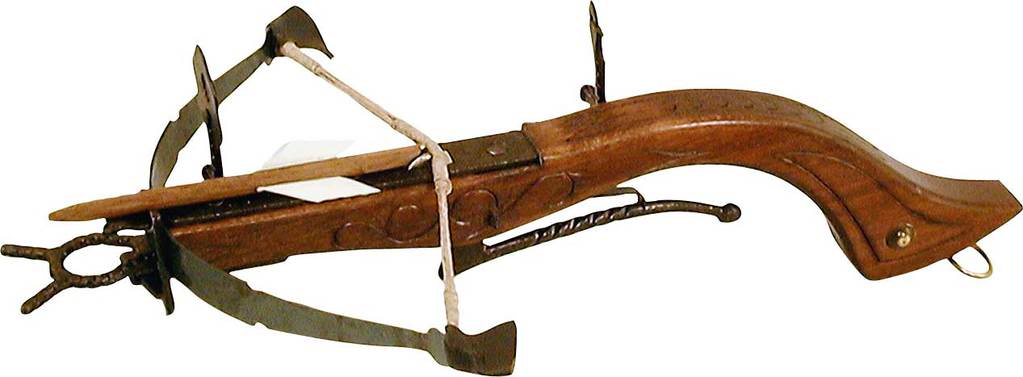During the Swedish Deluge in 17th century and during the Kościuszko uprising of 1794, scythes were used effectively in combat. Scythes back then weren't necessarily made in the same way as they are now, often having straight shafts. It takes any blacksmith to convert a scythe into a war-scythe. I suggest looking not only at Lindybeige who mostly gives opinion-based answers (which are often correct, though not always), and actually looking through history.
And why would you want to use a war scythe? Well, almost every farmer would have a scythe at their disposal, and preparing it to be used as a weapon probably took a blacksmith very short time and, more importantly, could be done by any blacksmith, not a specialist armourer, since most blacksmiths already knew how to make scythes anyway. All it took is some twisting and you got yourself a war-scythe - a weapon of good quality which had enough weight behind it to kill someone, especially at a time when armour started fading out of existence. Making spearheads required more precision, and spears were purely stabbing weapons. Besides, by then spears became somewhat useless, as you couldn't reach a horseman with it, and footmen had muskets or light armour and a pike to reach you with. Pikes themselves are longer, yes, but also more time-taking to make and are more expensive.
There are certainly better weapons to use than a scythe, but honestly a scythe is very cheap to convert into a war-scythe, which is an easy to use, good weapon and tool.
Now, the English Wikipedia does not give the process of conversion any justice. However, the Polish Wikipedia page on war-scythes actually gives a very good explanation, since war-scythes were historically mostly used by Poles. Some of this process included:
1. Changing the position of the blade by 90 degrees to an upwards position, so that it'd be parallel to the shaft.
2. Strengthening the attachment of blade to the shaft, usually through riveting.
3. Strengthening of the shaft, to avoid the weapon from snapping under cuts, especially at the base of the blade.
4. Sometimes, War Scythes were made out of butcher's knives instead of proper scythes that were attached to the shaft.
And yes, if you haven't guessed, Lindybeige was wrong in these videos about scythes.



